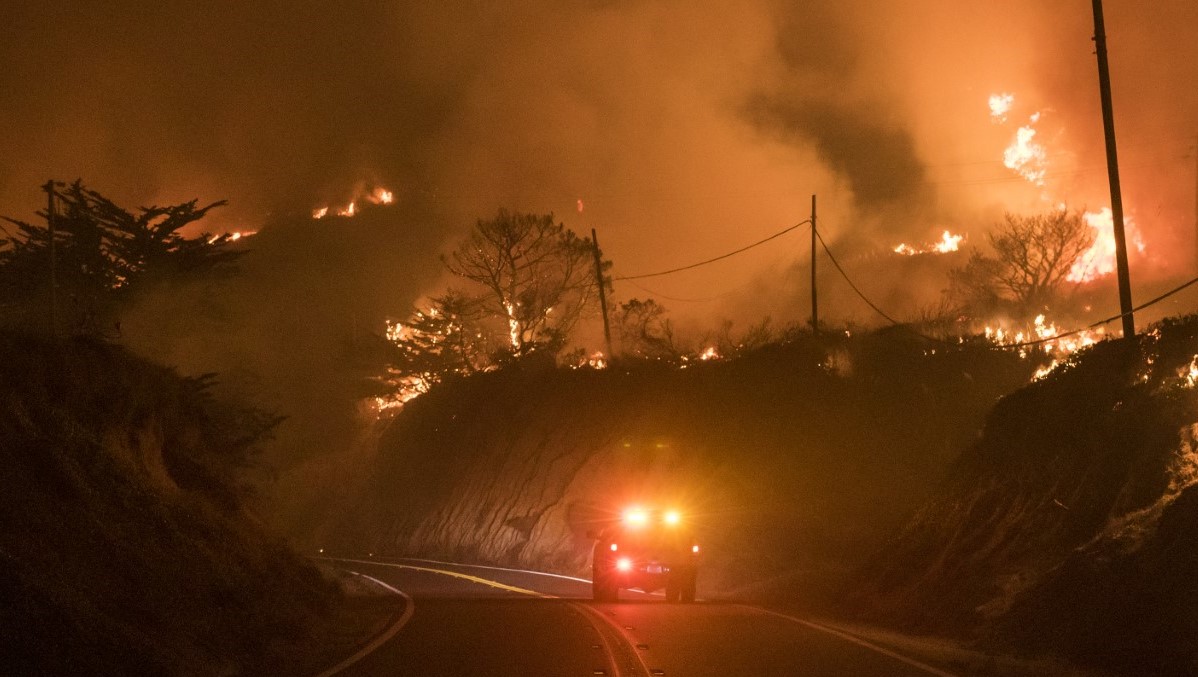

Typically, the Center for Disaster Philanthropy (CDP) starts its North American wildfires profile in the summer or even fall. However, as climate change increasingly has a more significant impact, we have been losing the concept of wildfire seasons.
In January 2022, Cecile Juliette, public information office of California Department of Forestry and Fire Protection said, “We are towards the end of January. 10-15 years ago we use to call it the California fire season where we might get fires say in July that would last through maybe September or October. So, it was just a few months. Now our fires are extending all the way through December and then into January. So it’s not really accurate to call it a fire season.”
The 2022 season outlook was dire and while the number of wildfires and acres burned were higher than the 10-year average, experts say the season could have been worse. Unexpected wet weather helped curb severe fire seasons in New Mexico and Alaska. In California, resource availability played a role, but so did weather conditions that consistently went in the state’s favor.
However, climate change is making fire seasons worse overall. Extreme drought and rising temperatures dry out forests and remain the leading driver of an increase in fire weather. According to the U.S. Drought Monitor, extreme conditions are more widespread than at any point in at least 20 years, contributing to increased risk of large severe fires.
Editor’s Note: The Center for Disaster Philanthropy (CDP) maintains a profile on International Wildfires which covers all major wildfire areas outside of the U.S., Canada and Mexico.
(Photo: Monterey County via Twitter)
Latest Updates

Announcing $2.12 million to support recovery from hurricanes, wildfires, tornadoes and more
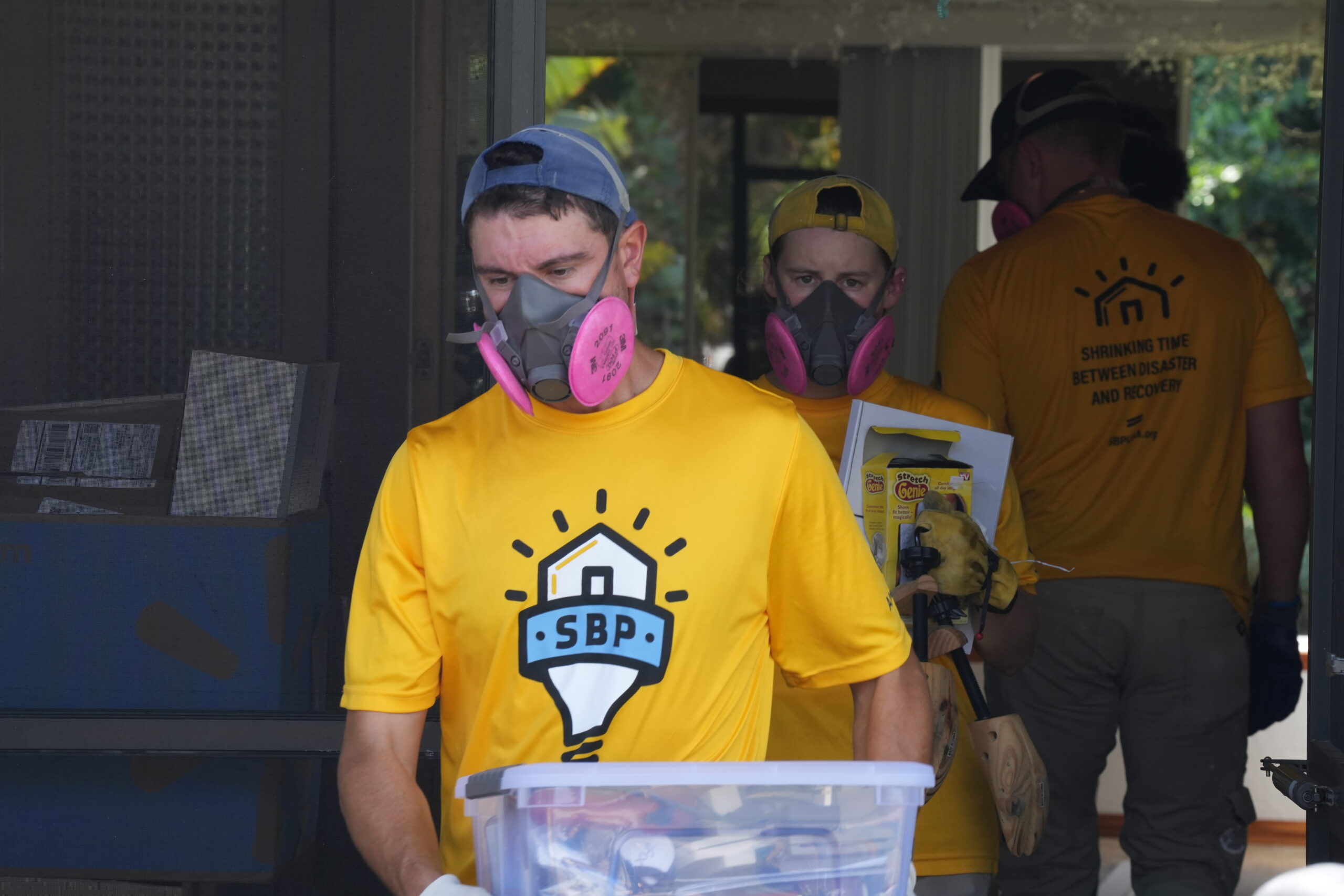
CDP announces grants from the Disaster Recovery Fund
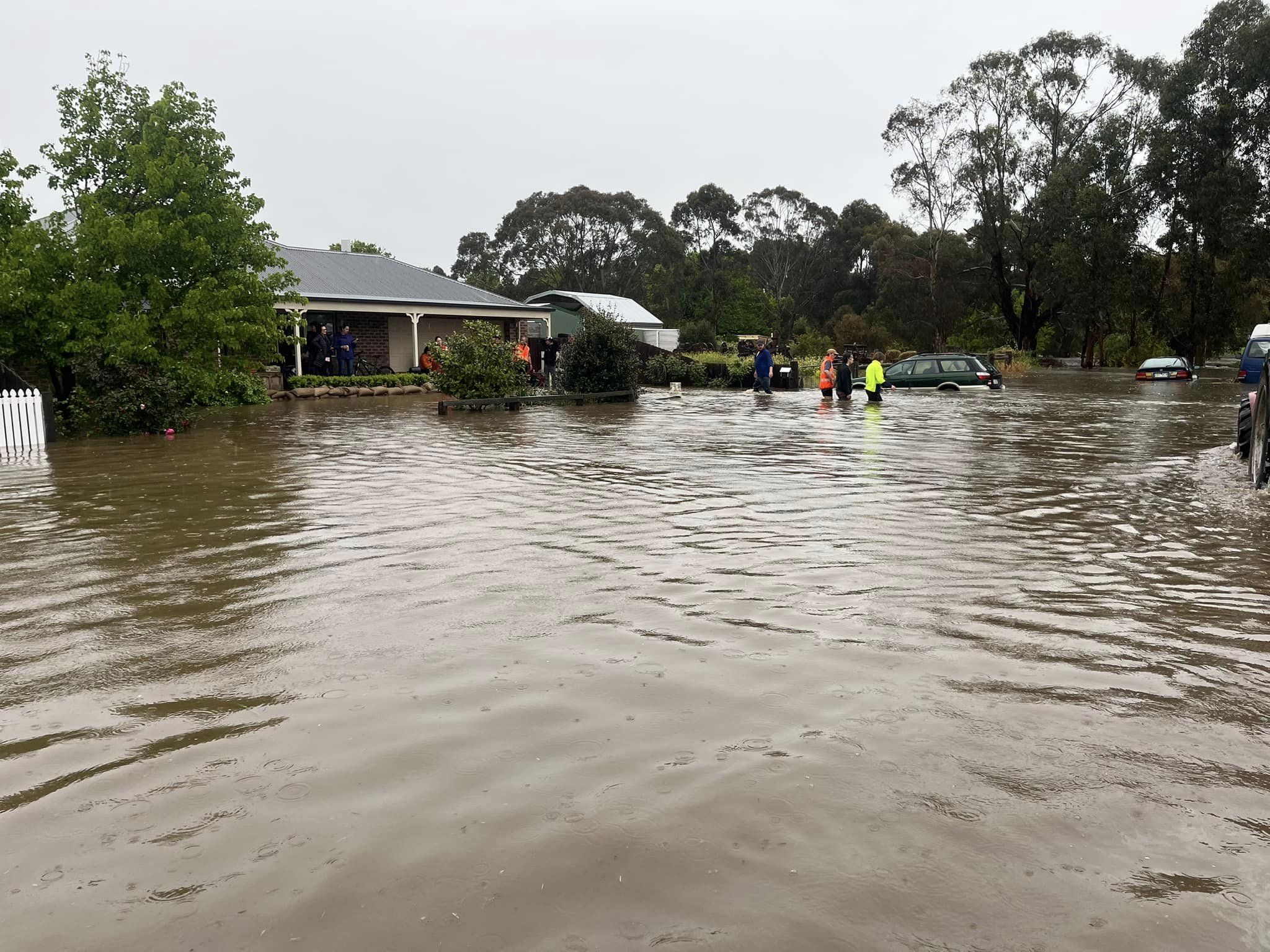
What we’re watching: Weekly disaster update, October 17
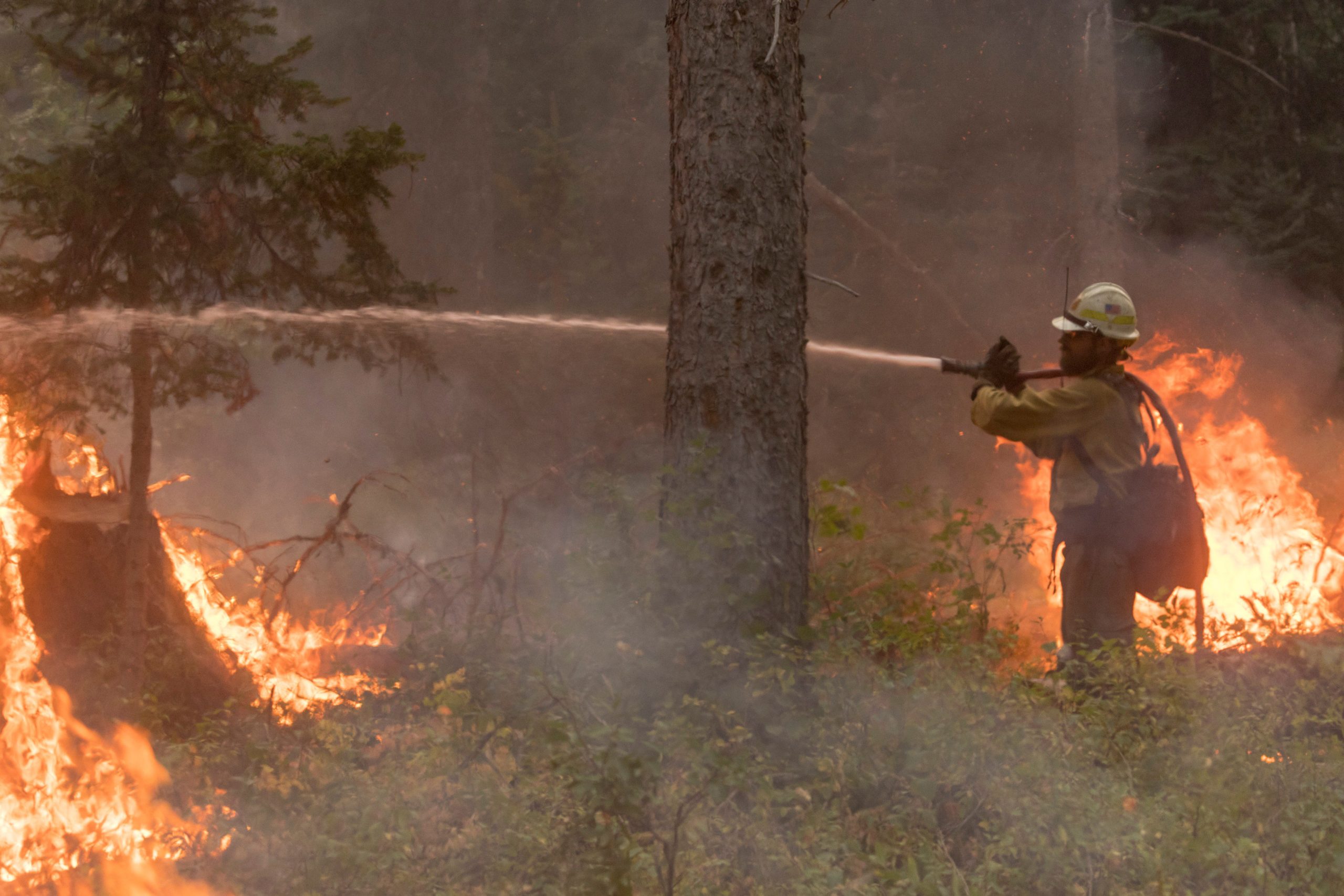
Announcing nearly $1.5 million in wildfire recovery grants
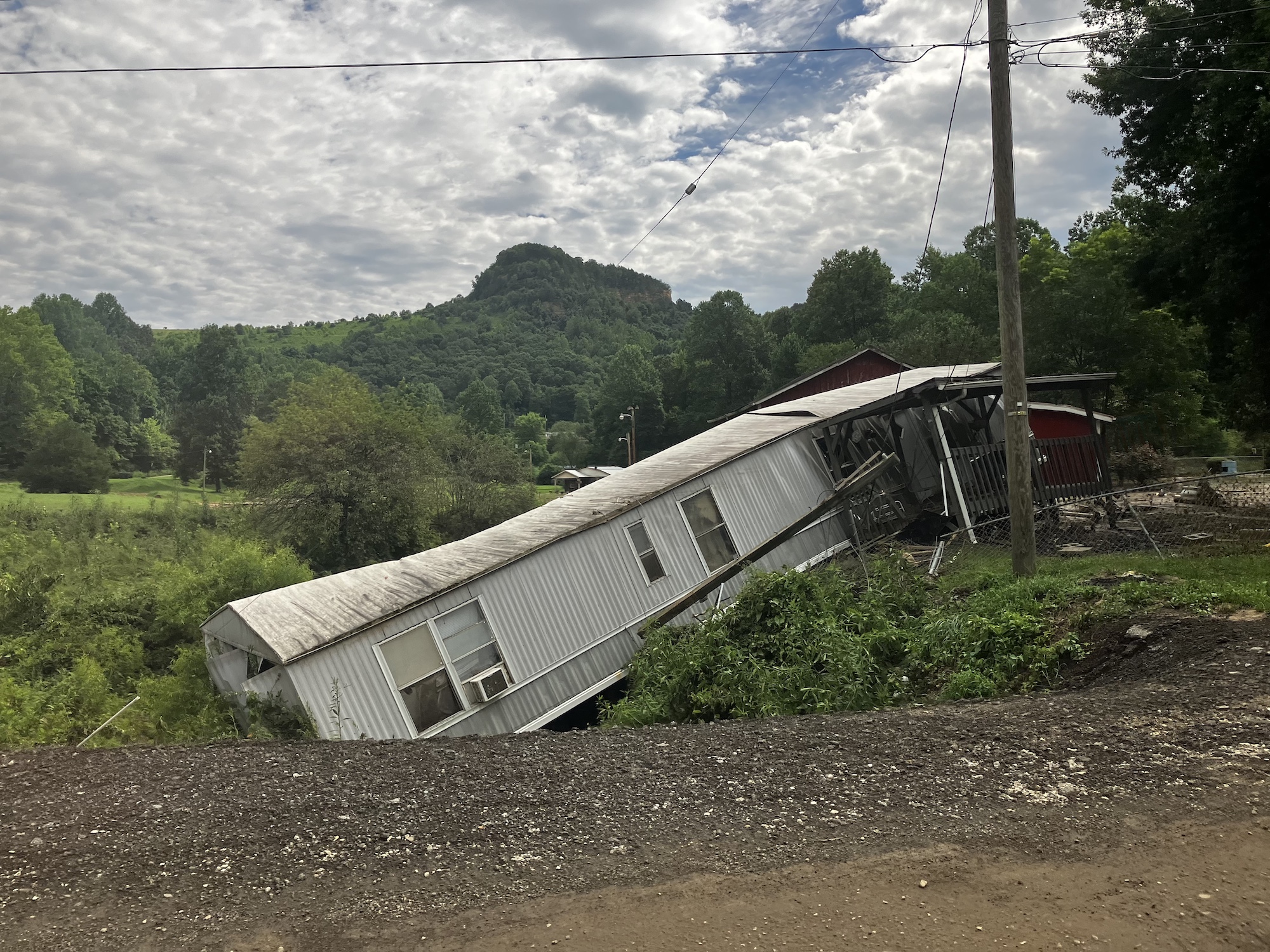
What we’re watching: Weekly disaster update, August 8
About our coverage
Though we would like to, we are unable to share information on every fire across the continent. Below, you will find some general information about the most significant fires of 2022.
In California, we focus on fires that exceed 50,000 acres but also share information about significant fires that are affecting people and property. In all other states, we cover fires that significantly affect the surrounding areas and environment, and affect residents, especially at-risk populations.
United States
The National Interagency Fire Center (NIFC) statistics show that as of Dec. 30, 2022, 66,255 fires had burned a total of 7,534,403 acres. These figures are higher than the ten-year average of 59,733 fires and 7,333,776 acres.
Significant fire events in 2022 include California’s Mosquito Fire, which prompted evacuations in northern parts of the state, and the Hermits Peak/Calf Canyon Fire in New Mexico which became the state’s largest.
Texas experienced the most significant wildfire year since 2011 after more than 12,000 wildfires burned more than 650,000 acres across the state.
The Chipola Complex Fire in Florida’s panhandle affected parts of the state hit by Hurricane Michael in 2018 with the dead vegetation helping fuel the fire.
California’s relatively mild wildfire season was largely due to a combination of well-timed precipitation and favorable wind conditions. Wildfires in the state burned about 362,000 acres in 2022, compared with 2.5 million acres in 2021 and 4.3 million acres in 2020.
Community preparedness may have played an essential role in ensuring less destruction in 2022 with CalFire having completed 290,000 defensible space inspections last year. Experts warn that one mild year does not equate to a trend and forest management aligned with fire-dependent ecosystems, including forest treatments, remain critical.

Alaska
Major 2022 fires
Clear Fire
Lime Complex Fire
Minto Lakes Fire
Arizona
Major 2022 fires
Contreras Fire
Haywire Fire
Pipeline Fire
Tunnel Fire
California
Major 2022 fires
Fairview Fire
McKinney Fire
Mill Fire
Mosquito Fire
Mountain Fire
Oak Fire
Florida
Major 2022 fires
Chipola Complex Fires
Idaho
Major 2022 fires
Four Corners Fire
Moose Fire
Montana
Major 2022 fires
Elmo Fire
Nebraska
Major 2022 fires
Bovee Fire
New Mexico
Major 2022 fires
Bear Trap Fire
Black Fire
Cerro Pelado Fire
Hermits Peak and Calf Canyon Fires
Oregon
Texas
Utah
Major 2022 fires
Halfway Hill Fire
Washington
Major 2022 fires
Bolt Creek Fire
Chilliwack Complex
Pasayten Complex
Canada
In Canada, fire seasons are expected to get longer and more severe as the climate continues to change. In 2022, Western Canada received steady rain into June which helped with mitigation. However, a few months of hot, dry conditions elevated fire danger. Alberta and British Columbia had more fires in 2022 than the 5-year average, but fewer hectares burned.
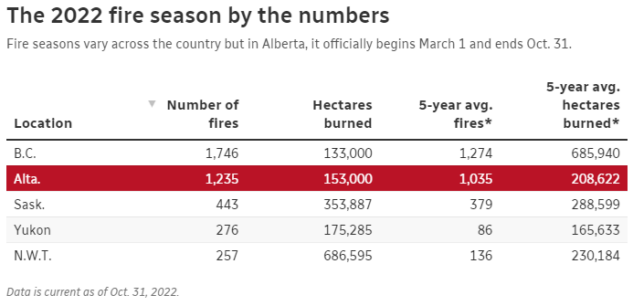
A significant drought lengthened the 2022 British Columbia wildfire season well into October. Robert Gray, a wildland fire ecologist, said the overall increases in the length and intensity of the province’s fire seasons show the need for better emergency preparations. By July, Yukon had already reported total burned areas that surpassed the 25-year average.
Alberta
Major 2022 fires in Alberta
Chetamon Mountain wildfire
British Columbia
Major 2022 fires in British Columbia
Flood Falls Trail Wildfire
Heather Lake wildfire
Nohomin Creek Wildfire
Newfoundland and Labrador
Major 2022 fires in Newfoundland and Labrador
Paradise Lake and Bay D’Espoire Highway Fires
There are several areas of ongoing support that are needed in the recovery phase. These include the rebuilding of homes or repair of damage, debris clean-up, soil remediation, temporary housing, physical and mental health, agricultural support, and livelihood/income support.
Funders should also consider the following options to support fire-impacted communities to reduce the impact of future fires:
Support rebuilding for damaged homes and businesses.
There is currently a $2 million cap on disaster loans for businesses or private and nonprofit organizations through the Small Business Administration’s Economic Injury Disaster Loan program. That amount may not cover what is needed, and monies allocated may be slow to arrive.
Roughly two-thirds of homes in the U.S. are underinsured. Most homeowners’ insurance policies are not built to rebuild one’s home from a total loss, which puts many people at risk as wildfires increase in frequency and intensity. Rebuilding and repairing homes destroyed or damaged by wildfire requires long-term commitments and philanthropy can help fill gaps in access to housing services.
One year after Colorado’s Marshall Fire, the first home in the city of Louisville to be rebuilt had just been completed.
Invest in local organizations on the ground throughout the disaster phases, especially those working with marginalized communities.
Prevent future disasters by supporting recovery in wildfire-affected areas.
Fund drought and wildfire mitigation efforts and increase awareness.
Assist businesses in developing business continuity and disaster recovery plans to reduce economic impact.
These plans should include contingencies for displaced workers, back up of data and alternate facilities for continuing operations in the event of property damage.
Consider the needs of volunteer fire departments.
As volunteers, they often lack the structural support of larger departments, and their resources may have been depleted during the wildfire.
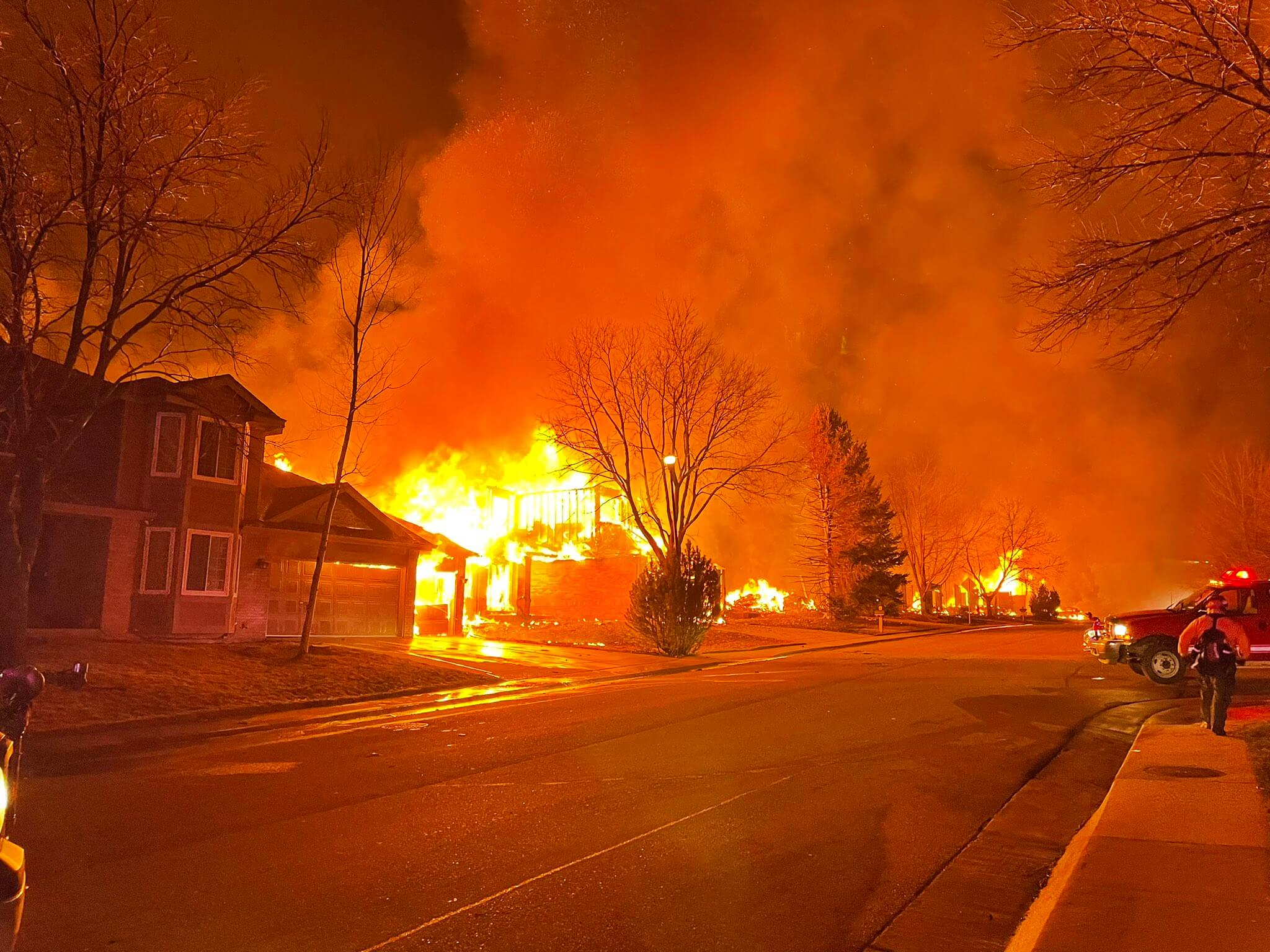
As with most disasters, experts recommend cash donations. They allow on-the-ground agencies to direct funds to the most significant area of need, support economic recovery and ensure donation management does not detract from disaster recovery needs.
Contact CDP
Philanthropic contributions
The Center for Disaster Philanthropy has a California Wildfires Recovery Fund that supports communities across the state as they work to rebuild and recover from wildfires.
In addition, our Disaster Recovery Fund provides support for wildfire-affected areas in the remainder of the United States and our Global Recovery Fund provides support for Canada, Mexico and the rest of the world.
(Photo: Burning homes on the path of the Marshall Fire. Source: South Metro Fire Rescue via Twitter.)
Recovery updates
If you are a responding NGO or a donor, please send updates on how you are working on recovery from this disaster to tanya.gulliver-garcia@disasterphilanthropy.org.
We welcome the republication of our content. Please credit the Center for Disaster Philanthropy.
Donor recommendations
If you are a donor looking for recommendations on how to support recovery from this disaster, please email regine.webster@disasterphilanthropy.org.
Note: If you are an individual who was affected by the disaster, we encourage you to contact your local 211 to see what resources are available in your community.
Philanthropic and government support
CDP awarded a $309,686 grant to Impact on Education to expand its mental health advocate program at seven schools located in Louisville, Superior and Boulder counties where the Marshall Fire devastated communities.
CDP awarded a $105,600 grant to United Way of Reno County through the Midwest Early Recovery Fund to support two disaster case managers for 18 months following the 2022 Reno County, Kansas wildfires.
CDP awarded a $250,000 grant from the Colorado Wildfires Recovery Fund to the Marshall Fire Recovery Center in 2022 to open and staff a centralized recovery center in the area affected by the fires and windstorms in December 2021. This recovery center will allow those seeking recovery support to find all their needs supported in one location.
CDP awarded a $61,065 grant from the Disaster Recovery Fund to Earth Island Institute in 2022 to provide community care and relief to the Queer, Trans, Black, and Indigenous People of Color populations they serve in the wake of the New Mexico wildfires.
In addition to CDP, philanthropic organizations are working to fill gaps and support relief but importantly invest in recovery and reducing fire risk in the first place.
- In 2022, the California Fire Foundation distributed $2.5 million, serving five million Californians.
- In California, the Sonoma County Community Foundation’s Sonoma County Resilience Fund emerged out of the 2017 wildfires that devastated Sonoma County, including the Tubbs and Nuns fires. In 2022, the foundation distributed $2.2 million from this fund.
- The William and Flora Hewlett Foundation established a two-year wildfire funding strategy that ended in 2022. In this June 2022 blog post, Environment Program Fellow Jennee Kuang reflected on the strategy and offered lessons learned.
- In Colorado, funders have created several wildfire funds including the Boulder County Wildfire Fund, Grand County Wildfire Emergency Fund, NoCoFires Fund and Colorado Project Wildfire.
In New Mexico, the disaster declaration (DR-4652) for wildfires occurring between April 5 and July 23, 2022, resulted in the approval of 1,372 Individual Assistance applications for $6,937,226 as of Jan. 6, 2023. A total of $2,819,432 in Public Assistance grants dollars were obligated. In July 2022, FEMA amended the disaster declaration to include assistance for flooding, mudflows and debris.
FEMA issued a major disaster declaration on Dec. 31, 2021 (DR-4634) including the Marshall and Middle Fork Fires in Colorado. The incident period covered Dec. 30, 2021, to Jan. 7, 2022. The eligibility date for applications has closed. As of Jan. 14, 2023, there were 947 Individual Assistance applications approved for $2,097,968. An additional $35,519,632 in Public Assistance grant dollars was approved.
Related resources

Wildfires
Wildfires devastate homes, livelihoods and communities of people worldwide, making them one of the most destructive types of disasters. While climate change fuels the frequency and intensity of wildfires, wildfires themselves fuel climate change, making them uniquely damaging to the planet.
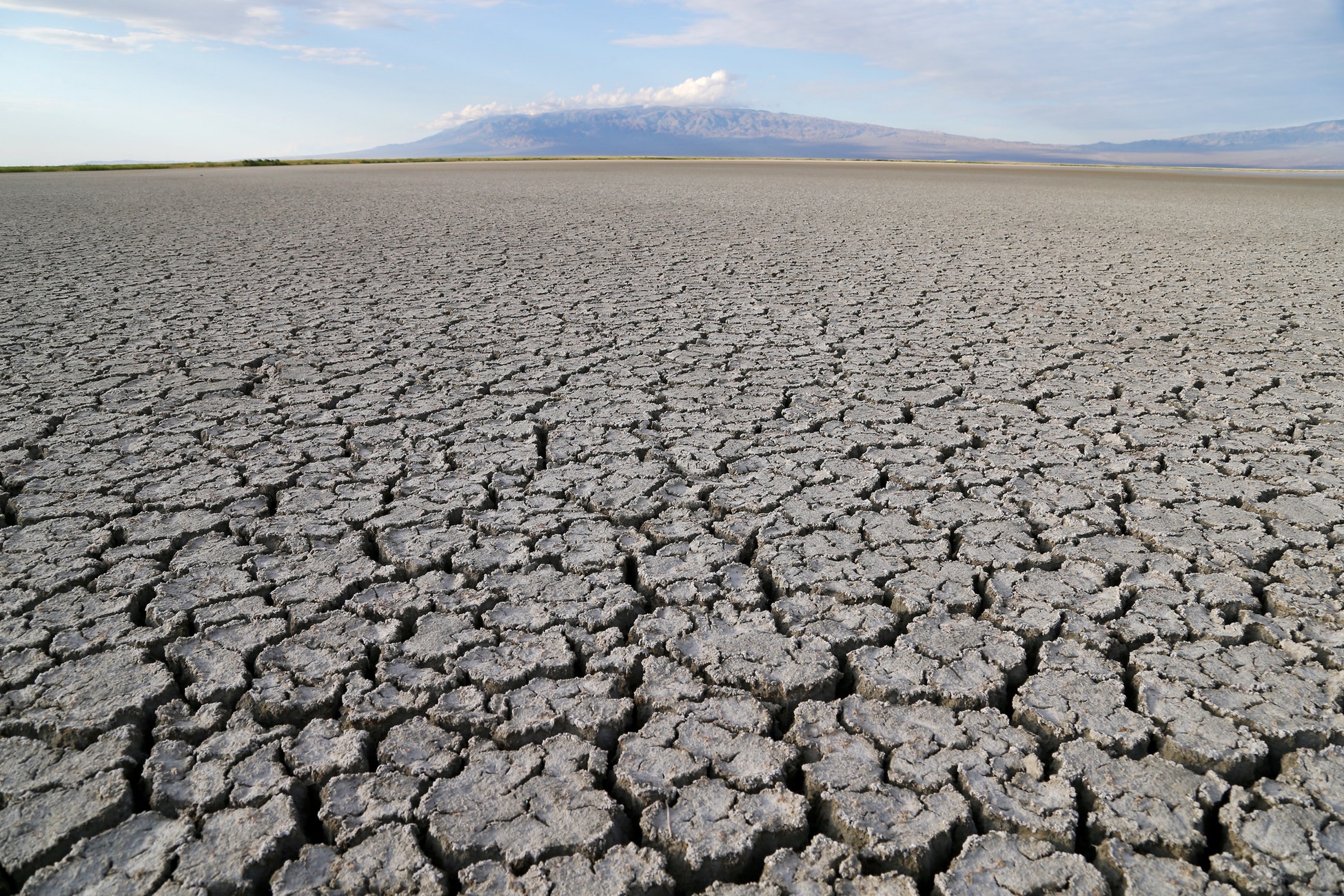
Drought
Drought is often defined as an unusual period of drier than normal weather that leads to a water shortage. Drought causes more deaths and displaces more people than any other disaster.
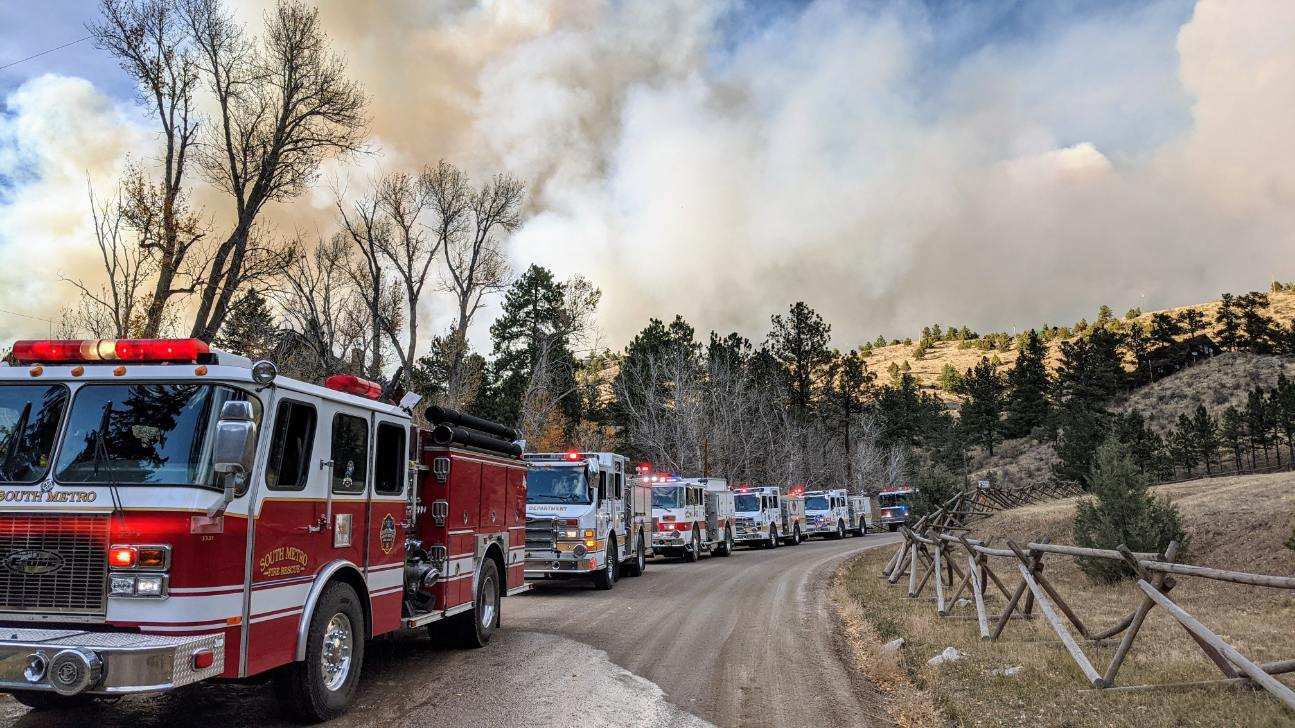
Emergency Response Services
Emergency response services are the public, private and volunteer organizations that respond to incidents that threaten the safety and wellbeing of people in their area.